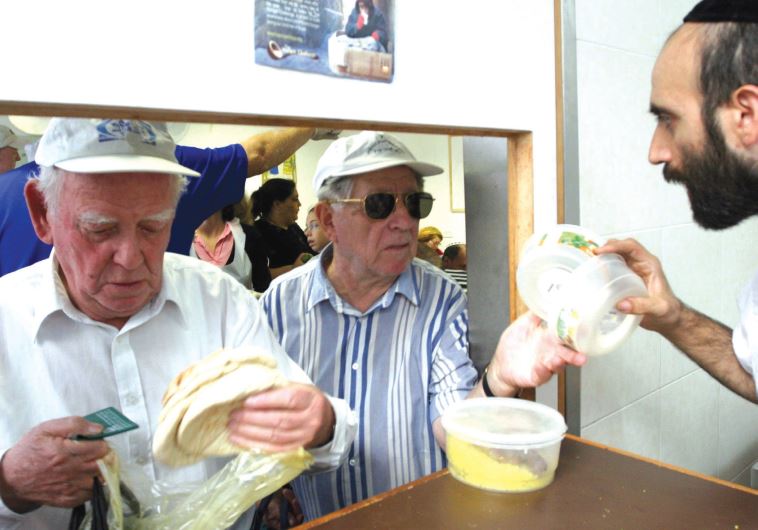More than 1 in 5 Israelis live in poverty, highest in developed world
When compared to other OECD countries, Israel still has the highest poverty rates of all developed countries.
 A volunteer distributes food at a soup kitchen.(photo credit: ILLUSTRATIVE: MARC ISRAEL SELLEM)Updated:
A volunteer distributes food at a soup kitchen.(photo credit: ILLUSTRATIVE: MARC ISRAEL SELLEM)Updated: